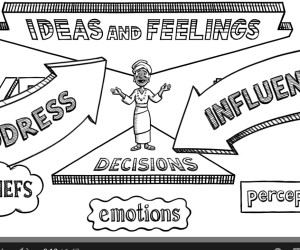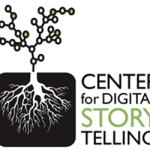Ideation’s Role in Behavior Change Explained in Four Languages
It’s pretty common knowledge now that an individual’s behavior has numerous influencers, many social and psychological as well as environmental. But when your objective is to change the discrete behaviors of a whole population—and mind reading and hypnotism are off the table—where do you even begin?
Enter “ideation”: an approach to examining how new ways of thinking or entirely new behaviors emerge in a given population, whether via communication channels or through socialization. While this article highlights ideation’s application to family planning, it’s been used across sectors for assessing behavioral impact.
After examining an individual’s “ideational factors”—whether cognitive, emotional or social—a lot begins to unravel about why a given person or group of people may have a negative view of, say, birth control, or a positive view of child marriage, etc. Being able to trace ideational factors back to someone’s intentions or behavior makes it all the easier to tailor a behavior change intervention to a target population for increased impact.
Below is an easy-to-grasp breakdown of ideation in a short animated video, now also available in Spanish, French and Portuguese, that examines an intervention by our colleagues at the Nigerian Urban Reproductive Health Initiative (NURHI) with the ideational model at play.
For a more in-depth look at ideation, check out our technical research primer here.









Leave a Reply
Want to join the discussion?Feel free to contribute!